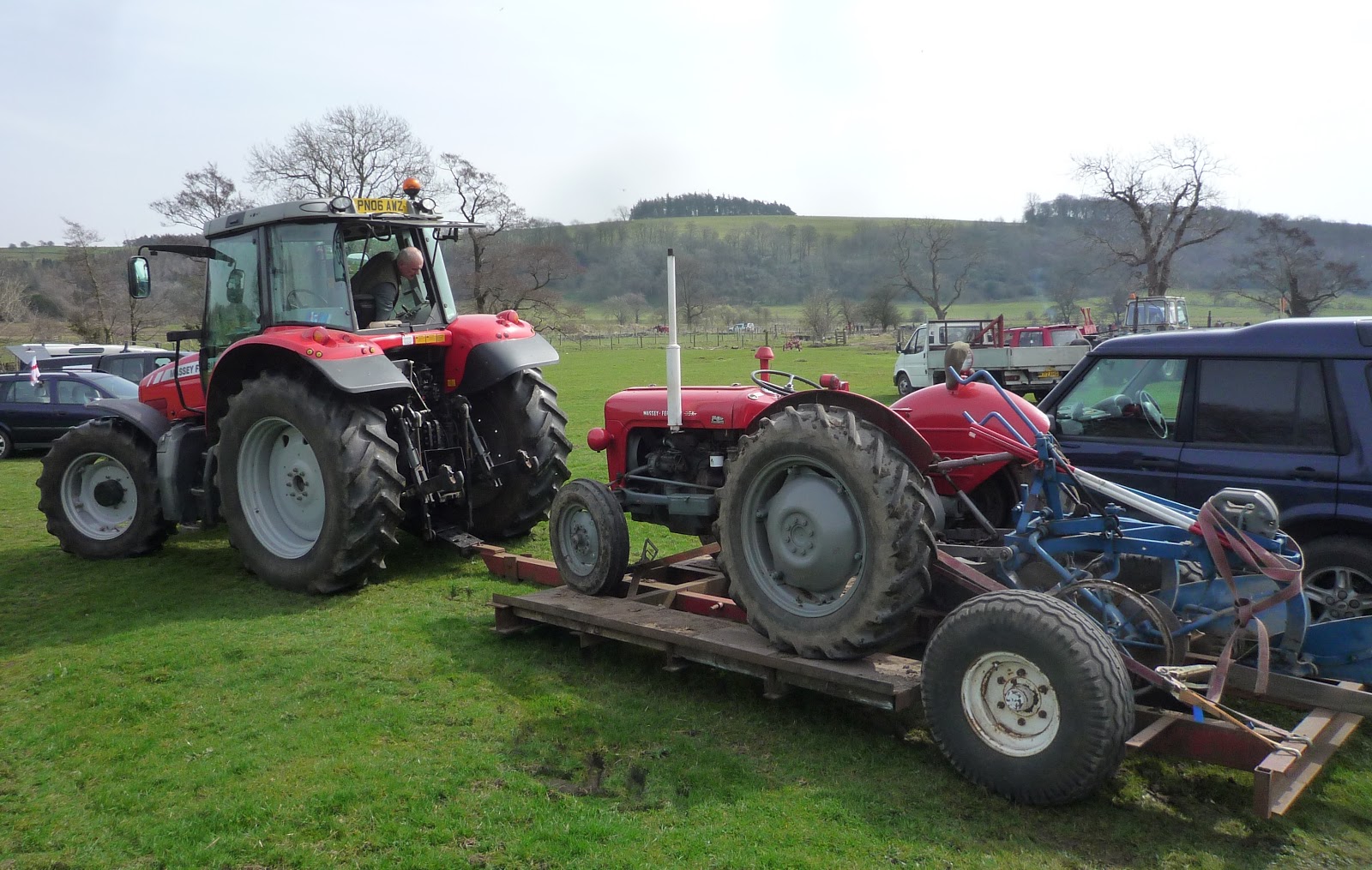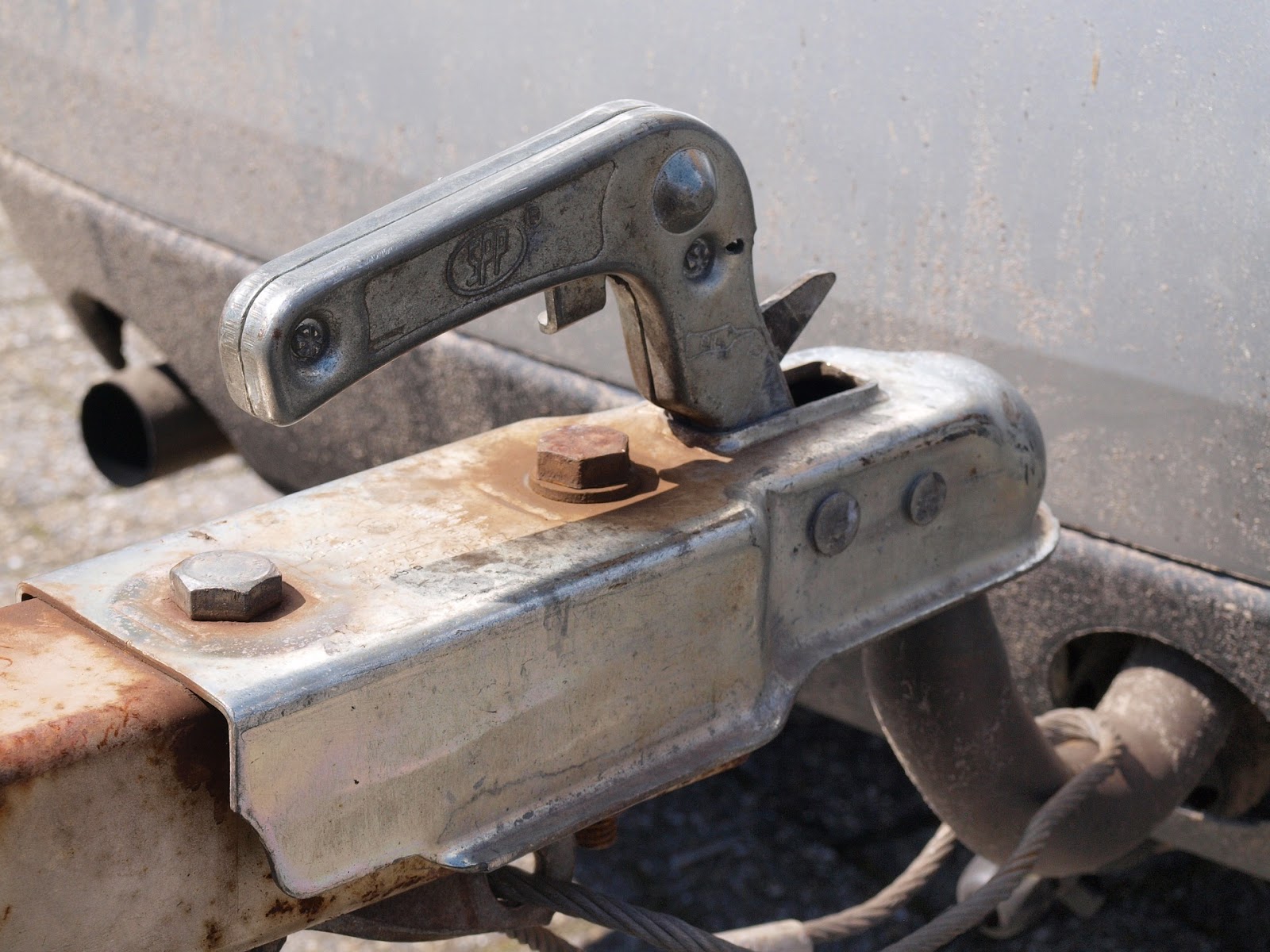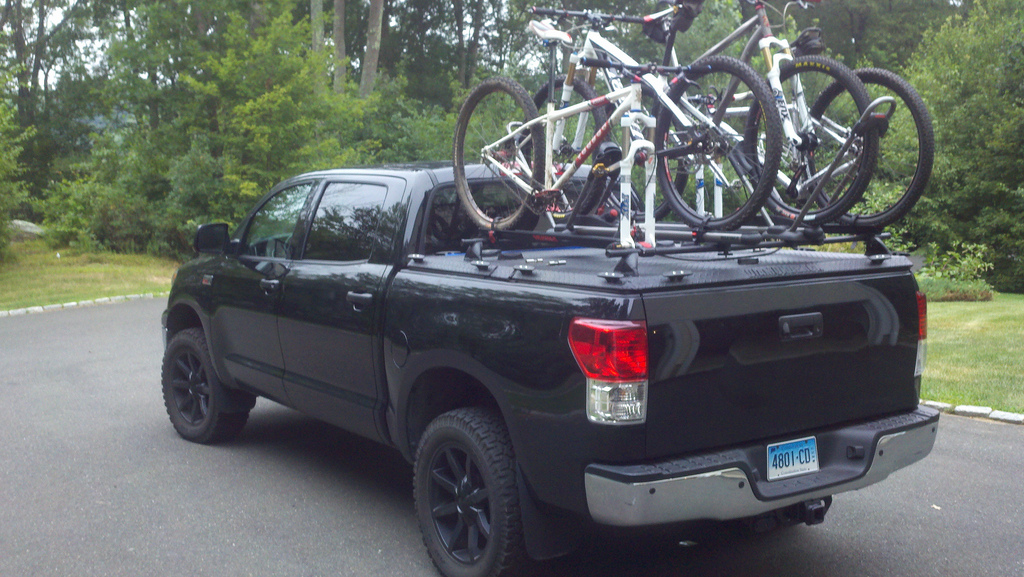Common Basic Towing Terms
Towing Capability
Before you attempt to pull a heavy load, find out how much weight your vehicle is capable of towing. In order to calculate your towing capability, you will first need a few specification numbers from your vehicle’s manufacturer. Most of this information can be found on the specifications sticker on the inside of the driver’s door or owner’s manual. Try using this calculator to find your towing capabilities for varying scenarios.

(Courtesy: WikiMedia)
Conventional Towing
Conventional towing utilizes the tow ball of the vehicle while remaining in compliance with the tow vehicle’s weight limits. This method is in contrast to towing arrangements that unconventionally tether to the vehicle’s chassis or body. These conventional “towing-on-the-ball” arrangements involve most pull-behind towing, including towing that utilizes a tow ball, pintle hook, or similar configuration involving a shank and receiver hitch.
It should be noted that weight-distributing hitches for three quarter ton pickups and larger are also included under “conventional towing.”
Towing v. Carrying
Though towing and carrying imply different specifications, they are directly linked. Towing is the pulling of a weight behind a tow vehicle--usually on a “towing-on-the-ball” hitch trailer or other similar wheeled devices. Carrying is the bearing of cargo weight on or within the towing vehicle itself, either on the cargo bed or inside the vehicle’s cabin. Towing and carrying imposes different physics upon a tow vehicle, and true towing capacity is dependant on the payload in both the cab and cargo bed.

(Courtesy: Pixababy)
Other Terms You Will Need To Know
Curb Weight
The manufacturer’s reported weight of a vehicle, per the vehicle’s documentation, is its curb weight. This measures the weight of the car as it exits manufacturing, before any liquids, fluid, or support accompaniments–like the spare tire–are added. In other words, it is the lightest your vehicle can weigh per the manufacturer’s specifications. Knowing this is important for grading the class of your vehicle, as well as for clearance purposes.
It is important to note that the curb weight is not the operating weight of the vehicle, as it does not factor in the weight of the fluids, the weight of the standard accompaniments, and the weight of the operator and passengers.
Gross Vehicle Weight Rating
On the other hand, the Gross Vehicle Weight Rating (GVWR) is the most your vehicle can weigh while remaining operable, including the weight of all passengers, fluids, and accompaniments, carried cargo, and the pin/tongue weight of your trailer. This does not, however, include the weight of the entire trailer itself. The GVWR is used to determine what type of license is needed to operate the vehicle and if the vehicle is allowed over certain classes of roads and bridges.
The GVWR is stamped on the vehicle ID plate (the specification sticker) inside the driver’s door. A vehicle cannot–under any circumstance–be operated in excess of it GVWR. Doing so will severely compromise the axle integrity, the stopping power of the vehicle, the integrity of the tires, and longevity of the vehicle’s transmission.
Payload v. tow capacity

(Courtesy: Flickr)
Payload capacity is the maximum weight a vehicle can carry in both the cab area and truck bed. It includes passengers, cargo, and at times, the “tongue weight,” or the portion of the trailer that weighs on the trailer hitch. This number does not determine tow capacity, but it does affect it.
The maximum weight a vehicle can tow is the tow capacity. This specifies the maximum amount a vehicle can tow using a “tow-on-the-ball” configuration without compromising the handling, stopping, and/or structural integrity of the tow vehicle.
Gross Combined Weight Rating
Gross Combined Weight Rating (GCWR) depicts the maximum allowed weight of a tow vehicle, its payload, and its trailer with a towed cargo. This rating is determined by several factors:
- Capacity of the towing vehicle’s engine, radiator, and transmission
- Limits of the towing vehicle’s axles and tires
- Strength of the tow vehicle’s chassis
Exceeding the GCWR will significantly compromise the tow vehicle’s drivetrain performance. Similar vehicles can have different GVWRs, depending on mechanical differences between gear ratios.
Gross Axle Weight Rating
The Gross Axle Weight Rating (GAWR) is the maximum distributed weight that can be supported on a single axle. The GAWR directly reflects the level of damage a fully loaded vehicle can afflict to a road and informs drivers on how to evenly distribute cargo between the front and back axles.
Tongue weight
The amount of force a trailer applies to the towing ball is known as its tongue weight. This weight is typically nine to 15 percent of the trailer’s total weight. The tongue weight is determined by the placement of the tow trailer’s axles and the strength of the trailer’s chassis. The tongue weight can be found by either using a weighing device like Weigh Safe or by using a bathroom scale for light trailers. To do this, elevate the scale to hinge height using cinder blocks and gently lower the tongue onto the raised scale.
Gross Trailer Weight Rating
The Gross Trailer Weight Rating (GTWR) denotes the maximum weight of a towed trailer loaded to capacity, including fluids and cargo. Man that the trailer weight–at the time of coupling–should be 10 to 15 percent of the GTWR. The GTWR also determines the class of the trailer.
The longevity of your towing vehicle depends on following the posted towing specifications. Ignoring these specifications may lead to expensive repairs, the loss of your tow, or even greater damage and injury. By fully understanding the terms used to describe your vehicle’s towing capabilities, you can make the proper decisions that will assure the safety of your vehicle and self.
Obeying your vehicle’s GCWR makes all the difference when safely stopping your vehicle at an intersection or successfully towing your boat to the lake. Above all, awareness of your vehicle’s capability will make towing a more safe, enjoyable, and fulfilling experience.
Bonus tip: Visibility is a challenge, when towing recreational vehicles and large equipment. A good backup camera gives you peace of mind. Contact us today to learn about the best back-up cameras for your needs.








